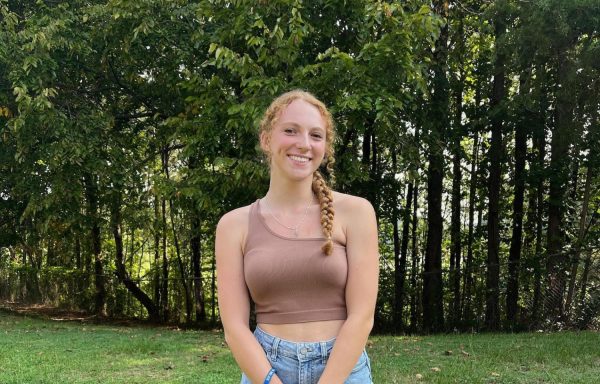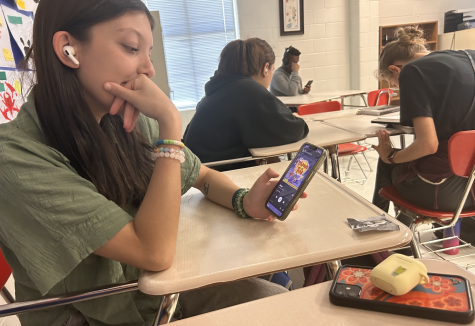The 50-year ruling comes to an end
After five decades of the Supreme Court protecting the right to receive an abortion, the Roe VS Wade case was overturned on June 24, 2022. It is now up to individual states to decide whether they will continue to uphold the previous ruling or move forward and ban abortion. With nearly half of the United States deciding almost immediately to set up laws against abortion, protests have sparked across the country, both in favor of the change and against it.
The Supreme Court made the ruling to protect women’s rights to abortion in a case, Roe VS Wade, on Jan. 22, 1973. In the court case, a woman attempting to terminate her pregnancy, Norma McCorvey, came to the Supreme Court to get federal action against Henry Wade, the district attorney of Dallas, Texas, as the state had been trying to ban abortion. Pointing out that the right to privacy is protected in the Constitution’s fourth amendment, the Supreme Court made abortion legal throughout the United States, with various states enacting restrictions on the law but not being able to ban it entirely.
“In a majority opinion written by Justice Harry A. Blackmun, the Court held that a set of Texas statutes criminalizing abortion in most instances violated a woman’s constitutional right of privacy, which it found to be implicit in the liberty guarantee of the due process clause of the Fourteenth Amendment (‘…nor shall any state deprive any person of life, liberty, or property, without due process of law’),” Brian Duignan, an editor for Brittanica, said in an article.
Five judges have voted to overturn the ruling, and four voted to uphold it. Thus, they have abolished the right to abortion, and it is now up to the states to determine what laws they will enforce. Protests have now erupted across the country, as many claim the overturn is a big step back for feminism and will lead to further problems, one being that more women may turn to unsafe abortions that could potentially lead to their death as well if done without professional assistance. Along with this, many fear the Supreme Court will begin to look at other large-scale rulings to get rid of, such as inter-racial marriage or access to birth control.
“It is infringing on women’s rights to control their own bodies and threatens the lives of all women,” Astrid Medina, senior, said.
Others have taken to the streets to share their excitement with the change, rooting for a new “pro-life” generation. Many have cheered for the decision, as their belief is that every life matters, whether unborn or physically on the Earth. Some have said that they believe the end of legal abortions will also improve women’s overall mental health, as depression and guilt can sometimes occur after an abortion.
“To me, it has long been clear: The gently grasping hand, the lips that pucker and sometimes lift in a smile, the tiny feet that the baby plants on the wall of the uterus to achieve a leisurely stretch — all these are the tender signs of humanity clamoring for our compassion. Their mothers and families certainly deserve our help to overcome the challenges they face. But so do the unborn deserve our protection and sympathy,” Grazie Pozo Christie, medical doctor, said in a Fox News article.
Despite all the opposing views, many have expressed that they sit in the middle, wanting certain restrictions on abortion but not its abolition entirely. Various activists have met at a medium, wanting to ban abortion only for certain circumstances and after a certain period of time.
“I personally think women should have rights to their own bodies and be able to choose to get an abortion, but maybe a few laws should be set up to prevent them from getting one really late or for a bad reason,” Ari Havens, sophomore, said.
Because this change has left the country divided, protesters will continue to voice their opinions. Nevertheless, America must wait and watch to see what the Supreme Court does next. To read more about the recent ruling, click here.

Hello, my name is Hailey, and I am a senior at Etowah. This is my fourth year on the Talon, and I am Editor in Chief. I am in a lot of various clubs at...










